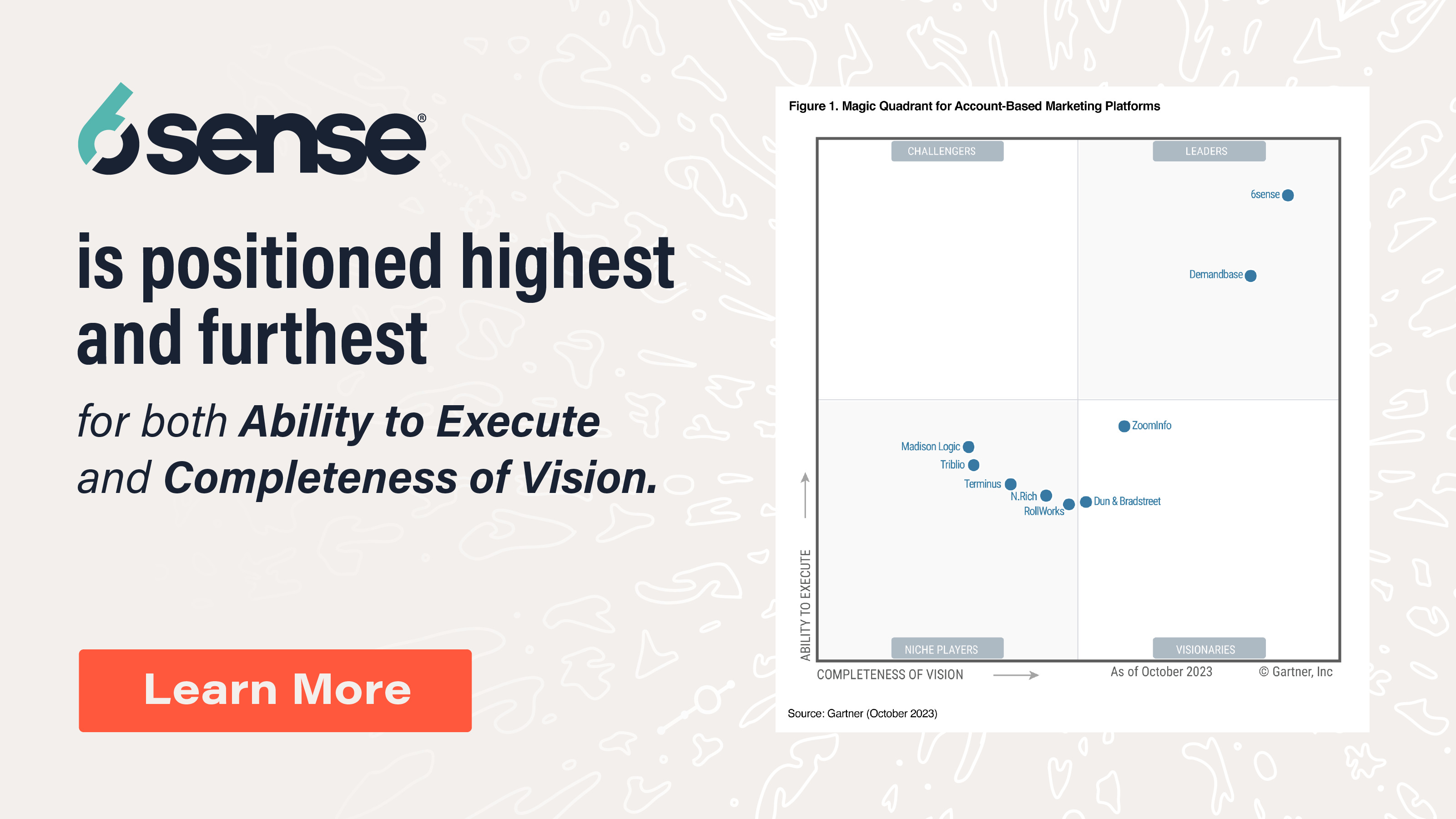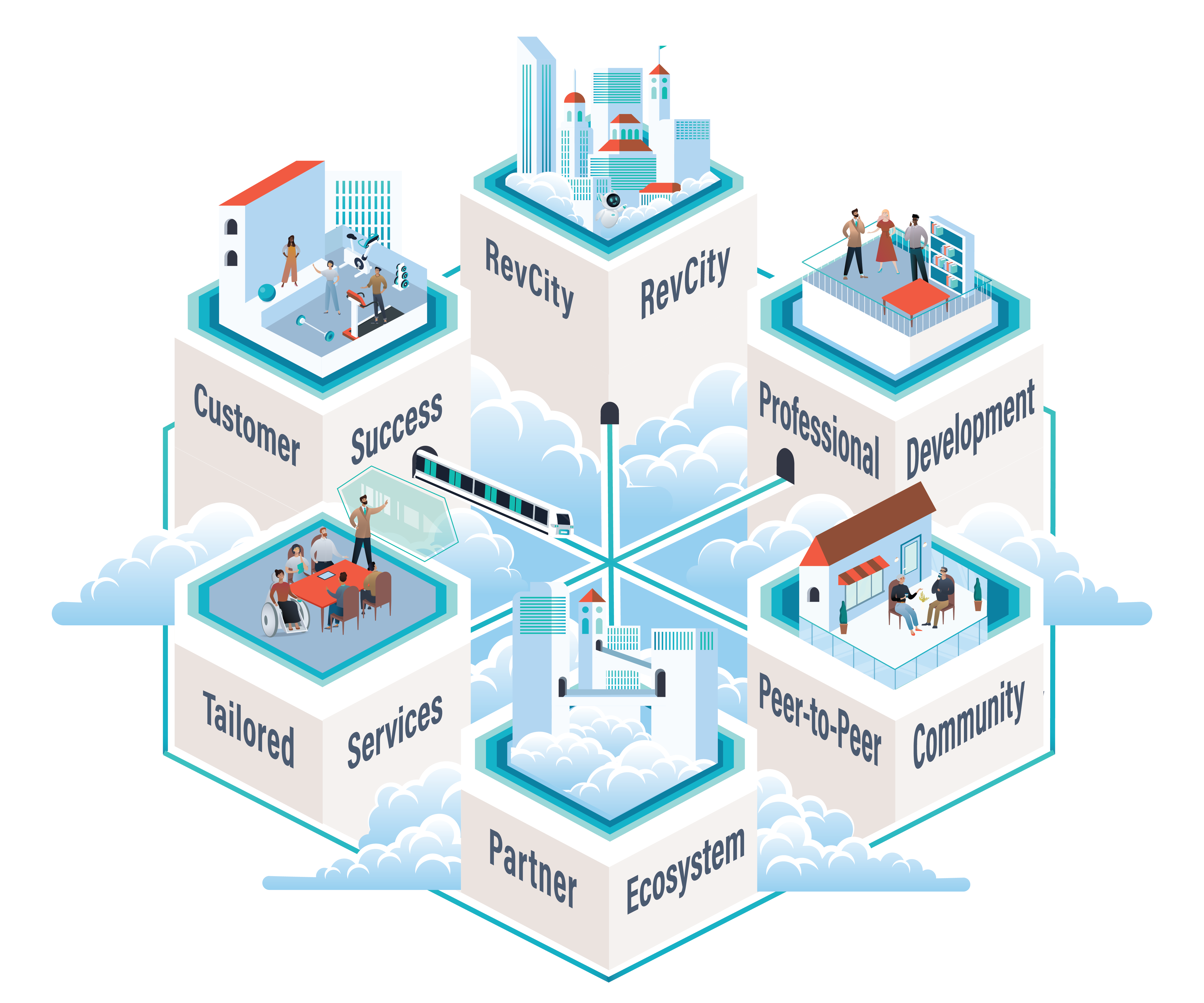Passive buyers are business decision-makers that have a need for a product or service, but haven’t realized it yet. They aren’t actively searching for the product — they don’t even know they need it.
Let’s use an example to illustrate this concept. Managers who are using Excel sheets to manage their team’s tasks may not be aware of dedicated project management software that could be much more efficient. They may have an inherent need for this kind of software, but until they’re made aware of it, they won’t be looking for a solution.
It’s easy to spot an active buyer — they’re actively searching for a solution to their problem. But a passive buyer isn’t looking, so they’re harder to detect.
Finding Passive Buyers
So why should a B2B sales representative care about passive buyers?
A productive sales pipeline needs to focus on both high purchase intent buyers who are ready to buy, and unaware passive buyers who need to be nurtured. Doing this will provide a steady flow of leads coming in, which is especially useful when sales are tough.
So how do you go about finding passive buyers?
There are a few different indicators you can use to find passive leads.
Firmographic indicators like Total Addressable Market (TAM), financials, mergers, acquisitions, funding, and number of employees can help you identify well-to-do companies.
Technographic indicators like the technology a company uses can give you insight into how they’re spending their money.
And psychographic indicators can tell you what decision-makers are unaware of, their interests, and what they’d like to hear from you.
Building Awareness
Once you’ve identified a passive buyer, the next step is to use passive lead generation to target them. This involves using appropriate trigger events that help them realize their need for your product. That could mean sending them invites to events or gifts, running social media ads and retargeting campaigns, or making sure your SDRs reach out directly.
At the end of the day, passive buyers are an invaluable asset to any B2B sales team. Not only do they give you a steady flow of leads, but they also help you get to the customer early and get them on their journey across the pipeline. With the right processes in place, you can make sure you’re identifying, attracting, and warming up these leads.






